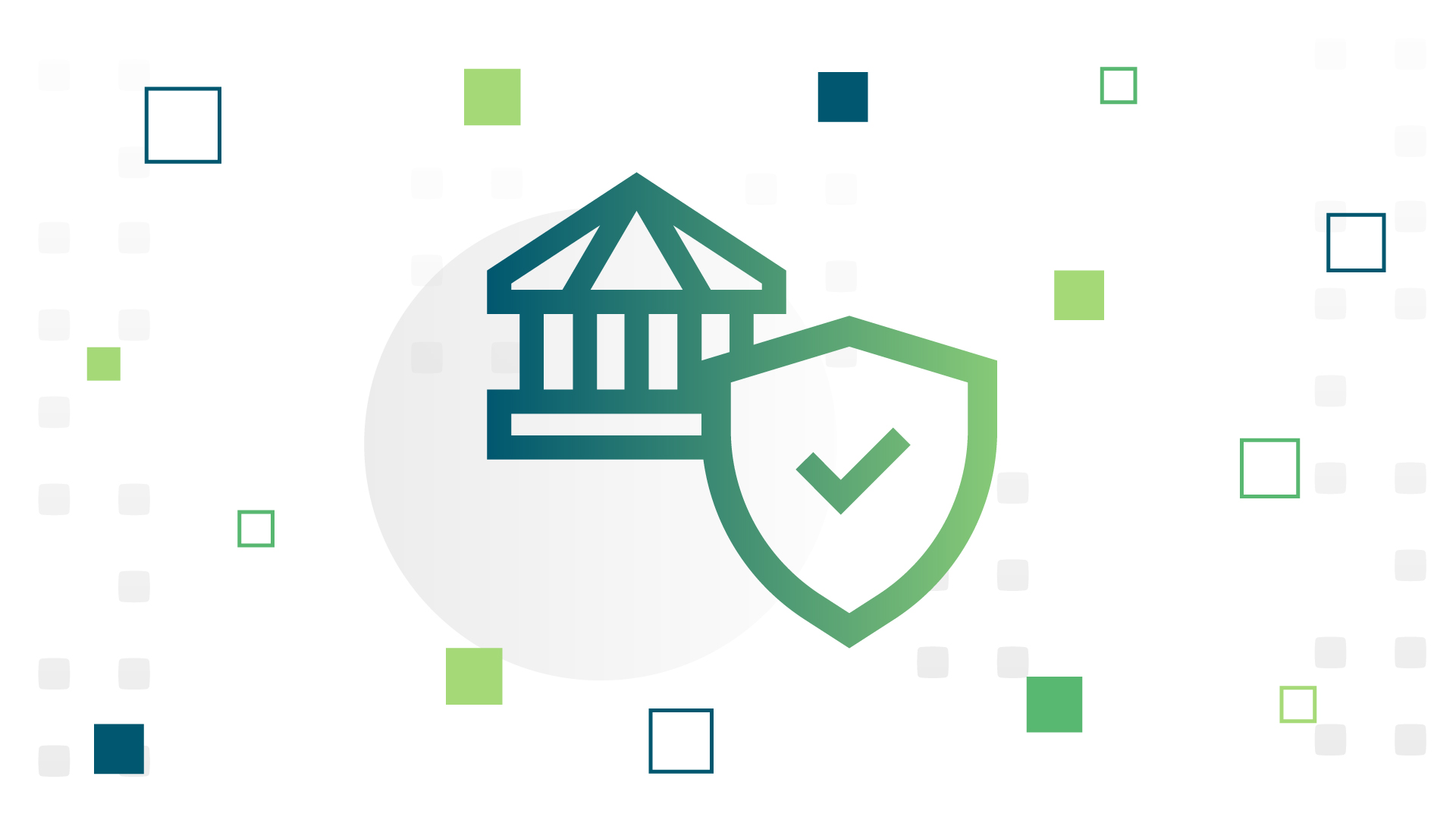Since its arrival on the scene, the public cloud has been dogged by one single question: Is it secure?
The answer to this question is yes but with a caveat. It’s only as secure as an organization adopting the cloud makes it.
While all the major cloud providers offer their customers robust security tools and best-practice protocols, the onus remains on the customer to utilize those tools and follow those protocols successfully.
This means ensuring cloud accounts and services are always configured correctly to keep data secure and maintain regulatory compliance. It also means regularly scanning, monitoring, and upgrading security measures in cloud environments to combat evolving tactics from bad actors.

Building robust cloud security
The key to cloud security is visibility. When constructing your cloud security plan, you need access to all accounts across your cloud environments, a coordinated approach to manage access, and an inventory of all your data across clouds and your teams.
With that information on hand, IT should then:
- Implement log collection and event alerting
- Match cloud user identities to an actual identity source
- Limit third-party access to necessary roles, including least-privileged access
Once identities and activities are effectively monitored, the next step is to optimize your security controls to implement only those that are critical to your business and that will limit the number of false positives.
You will also want to focus on protecting critical data, assets, and production accounts at the beginning, before expanding the reach of your security to every corner of your cloud environments.
Finally, any good cloud security regimen leans into automating actions to improve governance of data and reduce the risk of human error. Yes, automation can be a hard sell to security teams due to concerns about automated remediation breaking applications, but its benefits far outweigh potential problems.
All this is, obviously, very high level. Building effective cloud security is much more granular in practice and involves cooperation throughout your organization.
Thankfully, there’s a tool that can ease much of the burden on building and maintaining cloud security so your teams can focus more of their time elsewhere. That tool is CloudHealth by VMware.

A secure state platform
CloudHealth is well-regarded as a cloud environment optimization tool. Less celebrated, however, is the platform’s array of robust security elements.
In fact, with CloudHealth, organizations of all sizes can build a solid security foundation for their cloud environments. With CloudHealth, you have access to:
- CSPM, KSPM, CIEM, UEBA, and Threat Correlation in a single, cloud-integrated security platform
- The ability to visualize and correlate resource relationships that have misconfigurations, entitlements, and other risk threats
- Rapid response measures that can detect nearly all security violations in less than six seconds, along with automated remediation
Then there’s CloudHealth’s easy ability to scale along with your needs, allowing you to protect thousands of individual cloud accounts through automated workloads, guidance from VMware experts, and far fewer false positives to alarm IT departments.
All of this makes CloudHealth a complete package for maintaining cloud security. That’s why it’s our go-to tool for clients, whether they’re making their first steps into the cloud or are looking to improve their security posture in their environments.
For more on ensuring cloud security, or to learn how to effectively integrate CloudHealth by VMware into your cloud environments and operations, schedule some time with one of our experts.
Categories
- Cloud Migration and Adoption
- Enterprise IT and Infrastructure
- Artificial Intelligence and Machine Learning
- Data Management and Analytics
- DevOps and Automation
- Cybersecurity and Compliance
- Application Modernization and Optimization
- Featured
- Managed Services & Cloud Cost Optimization
- News
- Workplace Modernization
- Tech We Like
- AWS
- Social Good News
- Cost Optimization
- Hybrid Cloud Strategy
- NVIDIA
- Application Development
- GPU




